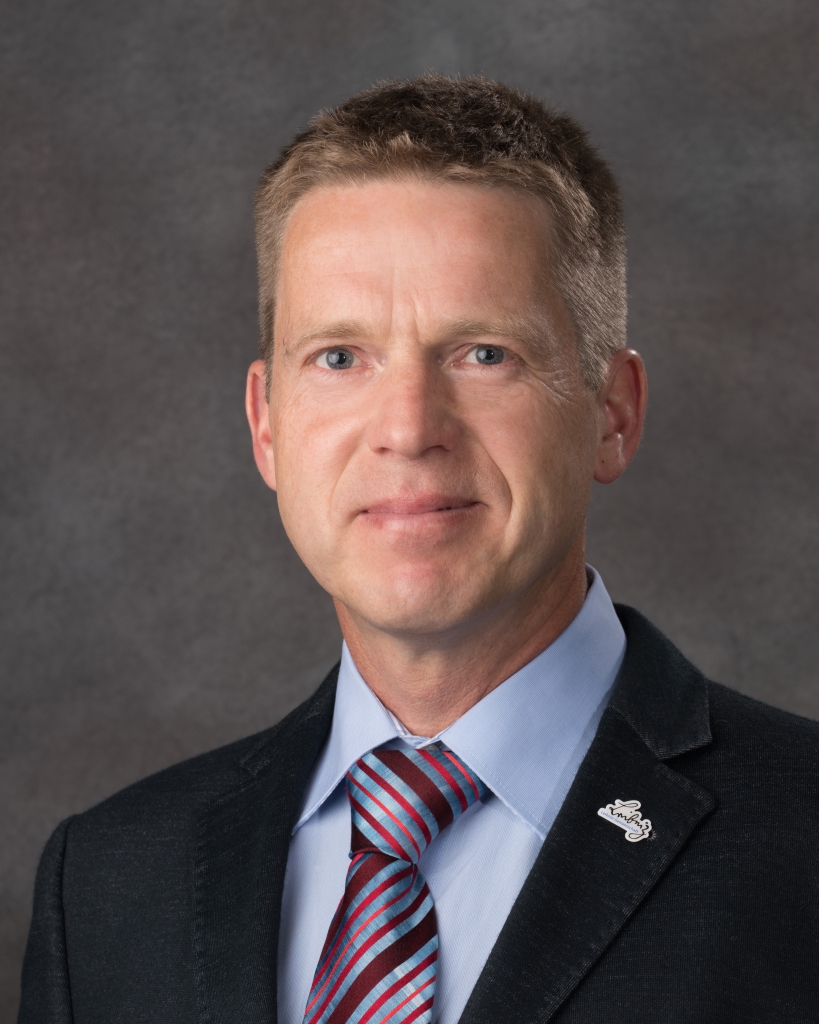Electrical and Computer Engineering
Karl Vogel, March 4, 2022
Schubert ‘plants the seed’ for discovery of new material class that could change photonics research
Research conducted at the University of Nebraska-Lincoln “planted the seed” has grown into an international collaboration on a new class of materials that could lead to fruitful discoveries to change the way the world uses electricity and on emerging technology in many fields.
The team’s paper – “Hyperbolic shear polaritons in low-symmetry crystals” – was published in the Feb. 23 edition of Nature, one of the world’s most highly regarded science journals. In addition to Nebraska’s Mathias Schubert, the team includes researchers from the Fritz Haber Institute of the Max Planck Society in Berlin, Germany, City University of New York, Vanderbilt University, and the University of Iowa.

The researchers believe their results “will motivate new directions for polariton physics … greatly expanding the material base and extending design opportunities for compact photonic devices.”
“What we’re looking at is really a discovery,” said Schubert, JA Woollam Distinguished Professor of Electrical and Computer Engineering. “This is a new material class to our interest – low-symmetry material – that’s been on Earth for all ages. In fact, most of the Earth’s crust is made up of these materials, but people in our fields haven’t looked at them because we were busy working with silicon and traditional semiconductors.”
The genesis of this research started with a paper Schubert published nearly six years ago. It emerged into research supported by Nebraska’s Emergent Quantum Materials and Technologies (EQUATE) project, funded by the National Science Foundation (NSF) Established Program to Stimulate Competitive Research (EPSCoR). Schubert also receives support for his research on low-symmetry materials from the Air Force Office of Scientific Research and the NSF.
Schubert theorized that low-symmetry materials, particularly gallium oxide crystals, had “unexplored optoelectronic applications” that could have a lasting impact on emerging biotechnology and nanotechnology.
“There is a large, ongoing effort to find electronic materials that will allow us to step up and down between the few volts you need coming out of a wallplug to charge your smartphone to the tens of thousands of volts needed for a power grid,” Schubert said. “Low-symmetry materials are promising, and I developed a theory that predicted many more interesting properties if this kind of material existed.”
That theory inspired Vanderbilt University professor Joshua Caldwell to visit Schubert in 2018 and make a presentation in the College of Engineering about his work with high-symmetry materials. And it led to a brainstorming session.
“I told him hyperpolaritons with broken symmetry have to exist in the lowest side of the spectrum and that these would have new features, features you’ve never seen before,” Schubert said.
Schubert also knew Nebraska didn’t have the equipment necessary to perform the experiments, particularly a free electron laser. He said the international collaboration was due to Caldwell’s efforts.
“Josh knows a lot of people and started connecting people to make this possible. So that’s how the collaborators from Max Planck Society got involved,” Schubert said. “And they knew other people in the U.S. who could do this work, and it led to this team.”
Over the ensuing three years, Schubert said, the researchers confirmed the existence of these new forms of photons coupled with surface vibrations in gallium oxide, the material currently of interst for high-power electronics.
“We anticipate that our results will motivate new directions for polariton physics in low-symmetry materials, which include geological minerals, many common oxides, and organic crystals, greatly expanding the material base and extending design opportunities for compact photonic devices,” the team noted in the paper.
Other applications could include being able to shrink the design of industrial transformers that handle tens of thousands of volts to the size of a matchbox.
“It’s real sci-fi stuff,” Schubert said. “While we were searching for these materials, we also found a new form of couple light-matter states.
“It’s all so interesting for me to observe and be a part of how we’ve found such small things, but then you realize that what we found has been there all the time, we just did not know. It’s exhilarating on the other side of things to realize that the discoveries began with work we did here in Nebraska.”





